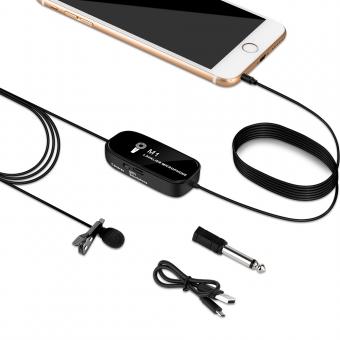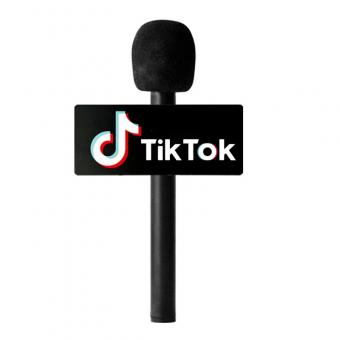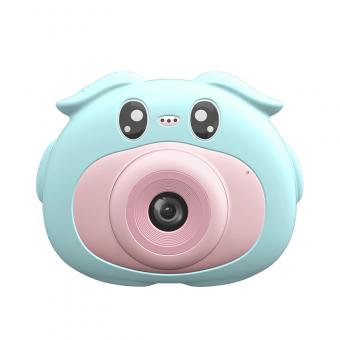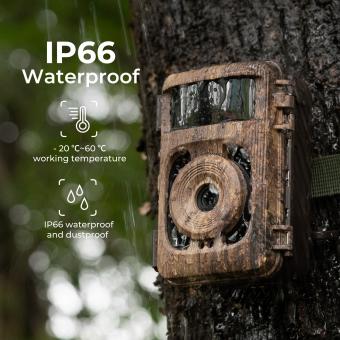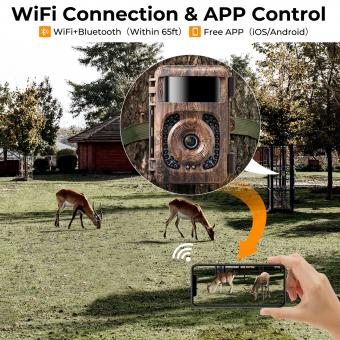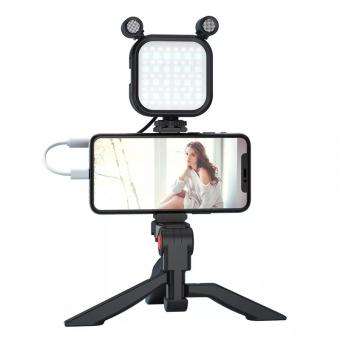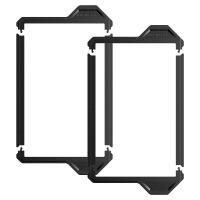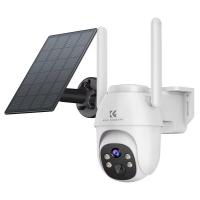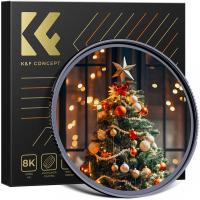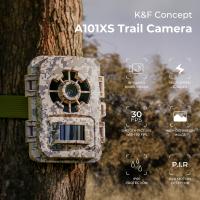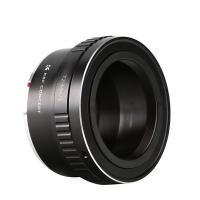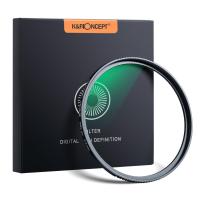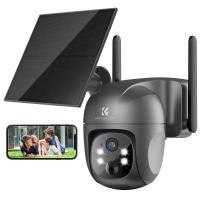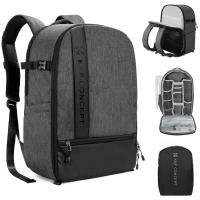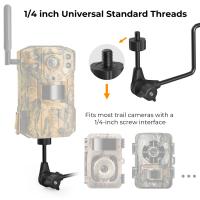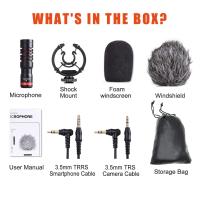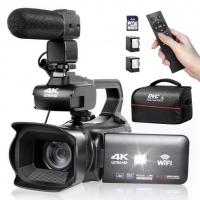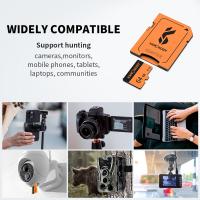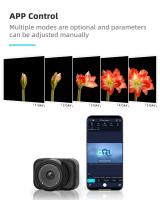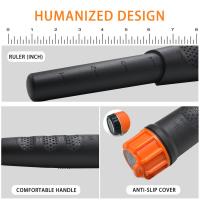What Is A Good Lavalier Microphone?
When it comes to choosing the right lavalier microphone, many factors must be considered: sound quality, price, durability, and specific use cases, among others. From professionals conducting interviews in the field, to vloggers providing consistent narration, or performers requiring hands-free operation, the lavalier microphone's versatility is unrivaled.
First, let's identify the core aspects that make a lavalier microphone good:
1. Sound Quality: The primary purpose of any microphone is to capture clear and high-quality sound. Lavalier microphones, due to their size, are often scrutinized on this front. The most highly regarded models often boast superior frequency response, minimal background noise capture, and excellent clarity.
2. Price: The price range for lavalier microphones can vary greatly, from under $30 to several hundred dollars. Typically, more expensive models offer better sound quality, construction, and additional features. However, for non-professional use, budget-friendly options can still deliver satisfactory performance.
3. Durability and Build: A good lavalier microphone should withstand wear and tear, especially if it’s used in various environments. Build quality, including the materials used and the design of the clip and cable, makes a huge difference.
4. Use-Cases: The requirements for an interview microphone differ from those of a fitness instructor or a stage performer. Understanding the context of use will significantly influence the choice.
5. Connectivity and Compatibility: Different microphones offer various connectivity options such as wired, wireless, smartphone compatibility, or camera connectivity. The intended use and devices available should guide this aspect of the decision.
In considering these criteria, let's delve deeper into specific recommendations and practical advice that address different user demands.
Understanding Different Use Cases
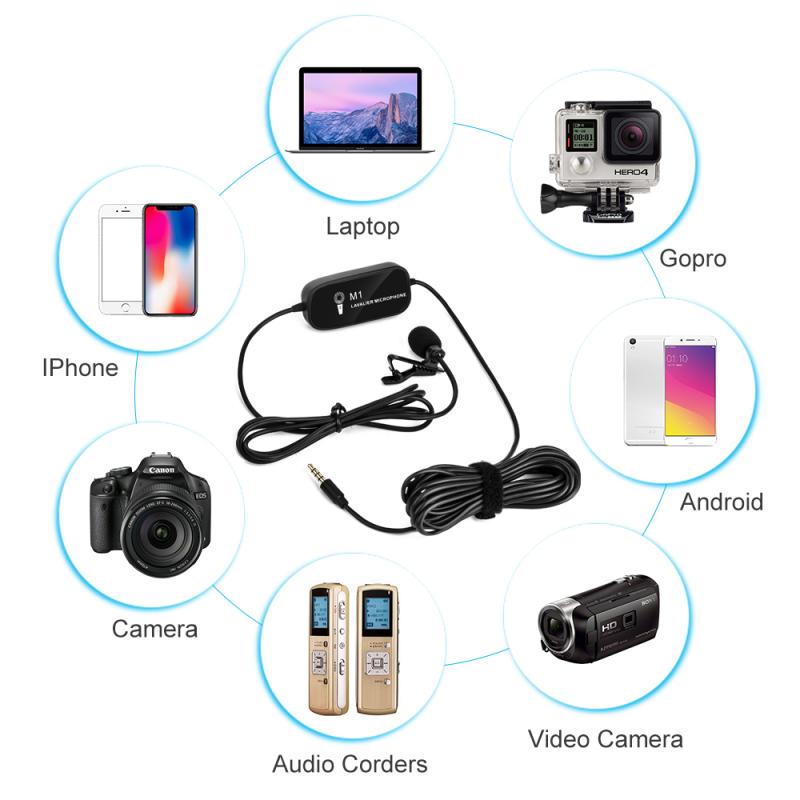
1. For Journalists and Interviewers
Journalists and interviewers need a microphone that provides clear audio even in less-than-ideal environments. The ideal lavalier for this use case would be one that offers strong noise-reducing capabilities and can handle a variety of ambient sounds with ease. Models like the Rode SmartLav+ or the Sennheiser ME 2-II have garnered praise for these purposes.
Rode SmartLav+: This is a professional-grade wearable microphone designed for use in a wide range of film, television, and broadcast scenarios. It offers broadcast-quality sound and is versatile enough to connect to smartphones and cameras alike.
Sennheiser ME 2-II: Known for its high sound quality, this omnidirectional lavalier mic handles ambient sound well and is often used in professional video production.
2. For Vloggers and Content Creators
For individuals creating content for YouTube or other platforms, a lavalier microphone that is easily operable, lightweight, and provides crisp audio is essential. In this space, the Boyd M1 and the Shure MV88+ Video Kit are notable mentions.
Boyd M1: This budget-friendly option delivers good sound quality and includes a long cable, making it ideal for vlogging. Its accessibility and price make it a favorite among aspiring content creators.
Shure MV88+ Video Kit: While technically a digital stereo condenser microphone, it can be adapted for lavalier-like usage with an iOS device. The sound quality is excellent, and its compatibility with the Shure MOTIV app adds features that enhance overall audio production.
3. For Public Speakers and Performers
Public speakers and performers require a microphone that offers freedom of movement without compromising sound quality. Wireless lavalier microphones excel in this realm, with the Shure SM35 and Sony ECMLV1 being prime examples.
Shure SM35: This wireless headset microphone offers great sound quality and is designed for active high-impact performances. Its cardioid polar pattern ensures it only captures sound from the intended source.
Sony ECMLV1: Another wireless option, the Sony ECMLV1 is known for its usability and discrete size. It's particularly popular among performers who need a microphone that won't distract from their performance.
Practical Advice for Selecting the Right Lavalier Microphone
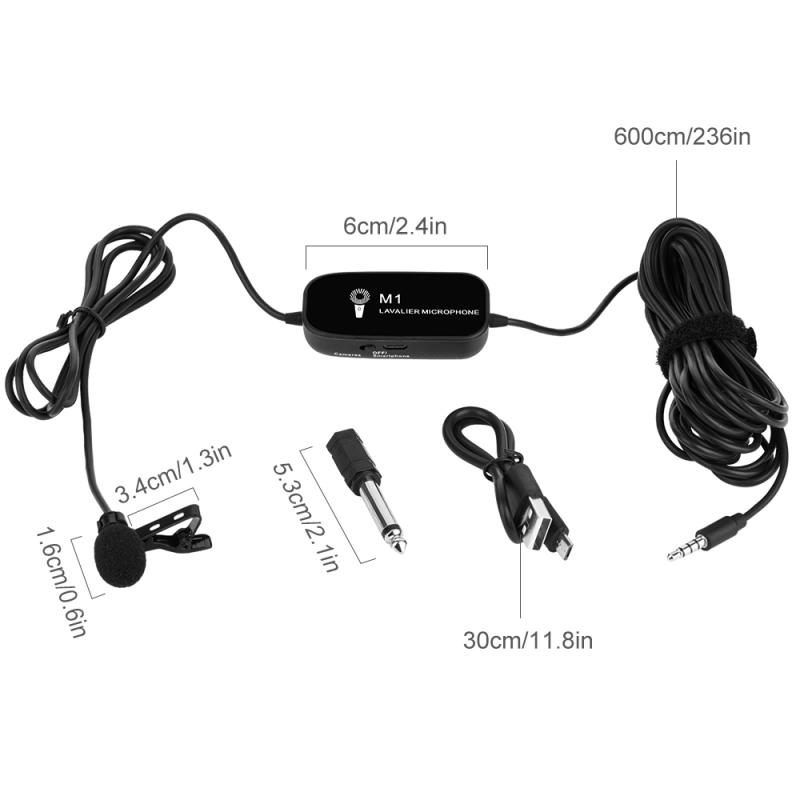
Understand Your Main Environment: Determining where you will primarily use the microphone helps narrow down your choices. For noisy environments, a lavalier with strong noise reduction is a must.
Assess Your Budget: While about $100-$200 can get you a highly competent lavalier microphone, there are still good budget options available. Aim to balance cost against the expected frequency of use and professional requirements.
Check Connectivity: Ensure the lavalier microphone is compatible with your recording device. Some mics may need adapters for smartphones, DSLRs, or computers, which could affect setup ease and additional cost.
Read Reviews and Recommendations: User reviews and expert recommendations can provide valuable insights. Pay attention to repeated praises or complaints about specific models to inform your decision.
Test If Possible: If you have a chance to test a microphone before purchasing, take it. This ensures it meets your expectations in real-world conditions.
Having a good lavalier microphone is instrumental for professionals and hobbyists alike, ensuring that audio completes their visual storytelling. Identifying the main use cases—interviews, content creation, public speaking, and performances—also highlights the significance of choosing a microphone tailored to meet those needs.
Whether opting for the high-end reliability of a Sennheiser ME 2-II for interviews, the budget-friendly Boyd M1 for vlogging, or the versatile, high-impact Shure SM35 for public speaking, understanding your specific demands is key. Such informed decisions enable users to enhance their content quality, maintain clear communication, and foster audience engagement.
In the increasingly digital world, sound quality is a vital part of producing excellent content. Choosing the right lavalier microphone can make all the difference in achieving this standard, underscoring the importance of informed decisions driven by specific user needs and requirements.

